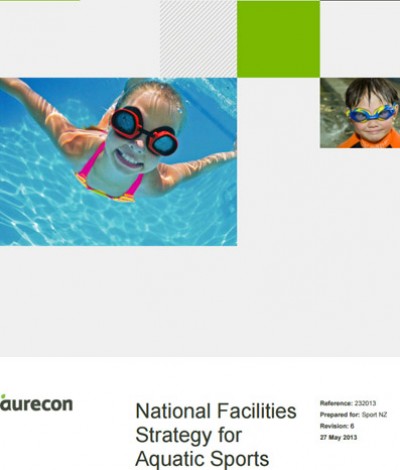Summit Fitness
Summit Fitness Equipment is now part of NovoFit - see www.ausleisure.com.au/suppliers/novofit/
read more
1st August 2013 - Sport NZ releases guidelines for aquatic flooring surfaces
15th July 2013 - Local board launches Albany Stadium Pool project
19th October 2012 - New Christchurch training base important for elite athletes
5th June 2012 - Auckland’s Tepid Baths set for 23rd June reopening
13th January 2012 - Water Safety Campaign targets high Maori drowning rates
4th April 2011 - Austswim training launches in New Zealand
4th November 2009 - School Swimming Pool Closures Rising
Support our industry news service
We hope that you value the news that we publish so while you're here can we ask for your support?
As an independent publisher, we need reader support for our industry news gathering so ask that - if you don't already do so - you back us by subscribing to the printed Australasian Leisure Management magazine and/or our online news.
Click here to view our subscription options.
The Complete Guide to Leisure Industry Products & Services.
Summit Fitness Equipment is now part of NovoFit - see www.ausleisure.com.au/suppliers/novofit/
read moreTJS Services is a leading national facility services provider. We deliver quality cleaning, maintenance, construction and facility management services to over 1,500 sites Australia wide. Our…
read moreAIS Water, the trading name of Australian Innovative Systems, is a multi-award winning, Australian owned leader in the design, production and supply of commercial and residential chlorine generators…
read moreCentaman has been a market leader in Enterprise Software Solutions for the leisure and recreation industry and both profit and not-for-profit attractions since 1991. It offers a wide range of software…
read moreINTRODUCTION Abel Sports is Australia’s leading manufacturer and suppliers of Goal Posts, sports ground safety netting systems and coaches boxes for Stadiums ,Sports Clubs, Councils and…
read moreContact: Australia: (+61) 1800 849 001 New Zealand: (+64) 3 668 5727 International: (+1) 415 915 0375
read moreWhether your goal is increasing your centre's revenues or creating an engaging environment, why not add play to your project? If you're looking for stylish aquatic play features, kid-tested…
read moreGet your business noticed in our targeted directory. Viewed by 10,000 industry professionals per week!